September 24, 2025
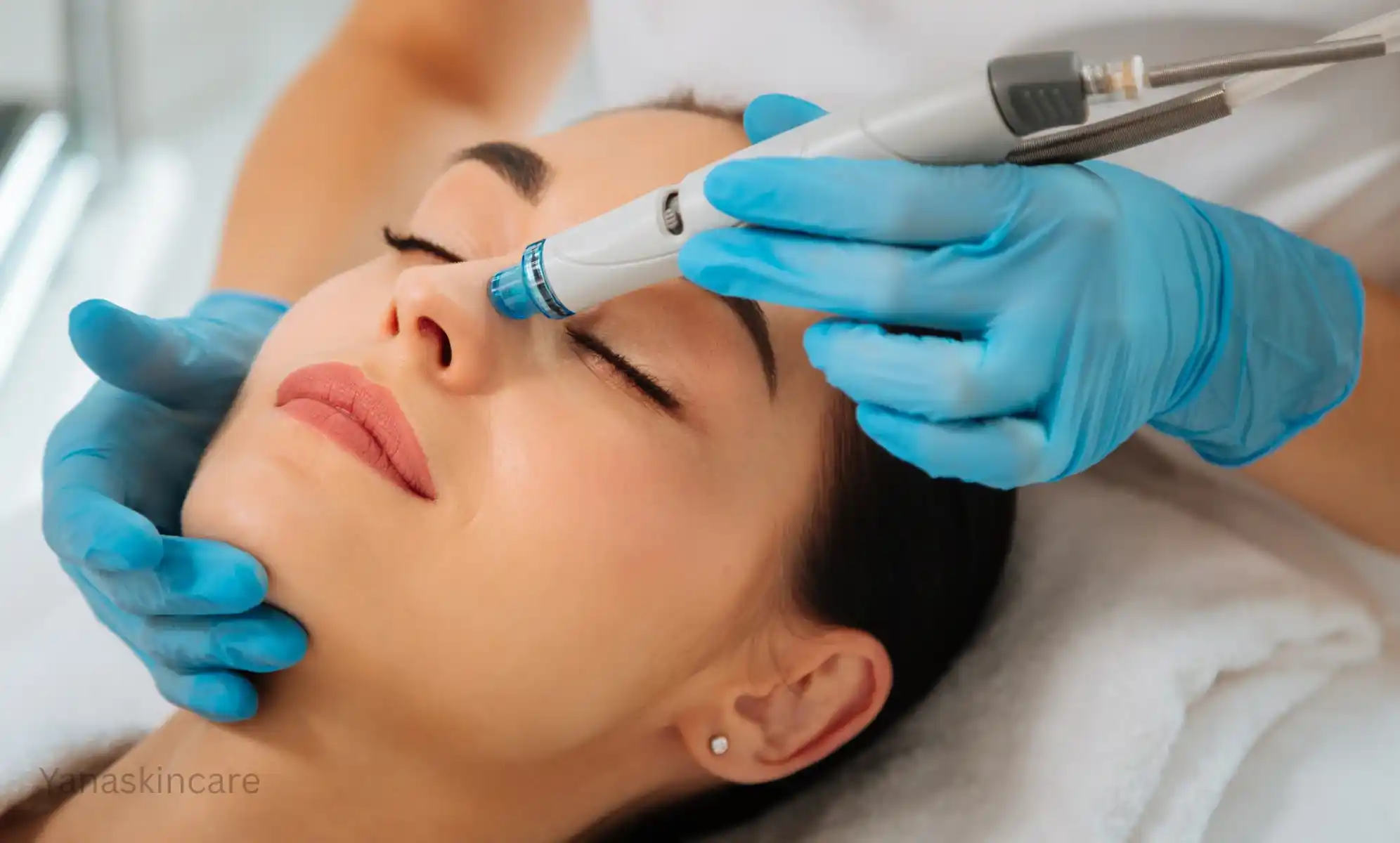



HydraFacial vs Chemical Peel
Choosing the right skin treatment can feel overwhelming. With so many options available, it’s hard to know which one will deliver the best results. Two of the most popular treatments are Hydrafacial vs chemical peel, each designed to address different skin goals and specific skin concerns. Understanding how they work can help you make a confident choice.
A Hydrafacial gently cleanses, exfoliates, and hydrates, leaving your skin refreshed and glowing. On the other hand, a Chemical Peel removes the top layers of skin for a deeper renewal, tackling stubborn wrinkles, uneven texture, and dead skin cells. Knowing these differences ensures you pick the right treatment for your skin’s needs and lifestyle.
A Hydrafacial is a non-invasive treatment that combines cleansing, gentle exfoliation, extraction, and hydration. It works by removing dead skin cells and infusing the skin with antioxidants, peptides, and hyaluronic acid. This process helps refresh the skin while promoting a healthier, more radiant appearance.
Ideal for sensitive skin, a Hydrafacial addresses mild concerns like dehydration, dullness, enlarged pores, and early wrinkles. It improves texture, boosts hydration, and supports long-term skin goals. Unlike harsher procedures, there is no downtime, allowing you to enjoy glowing, smoother skin immediately after treatment.
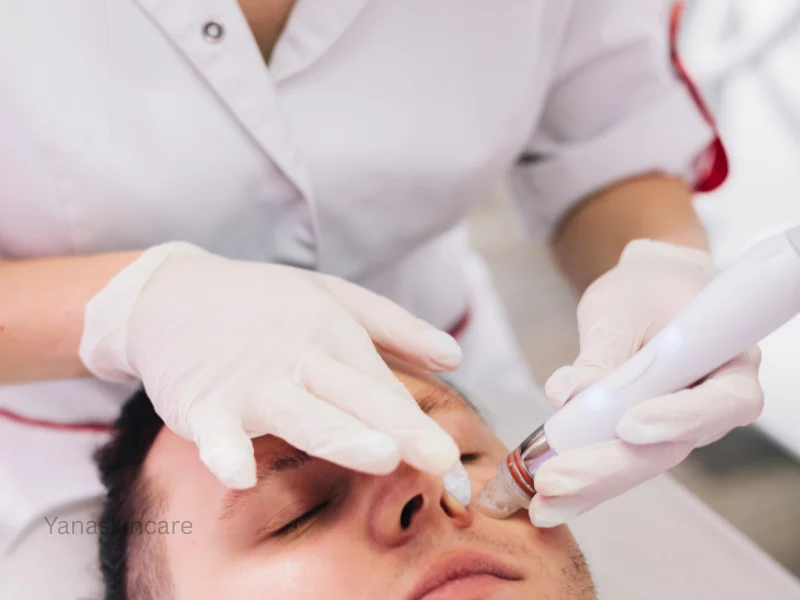
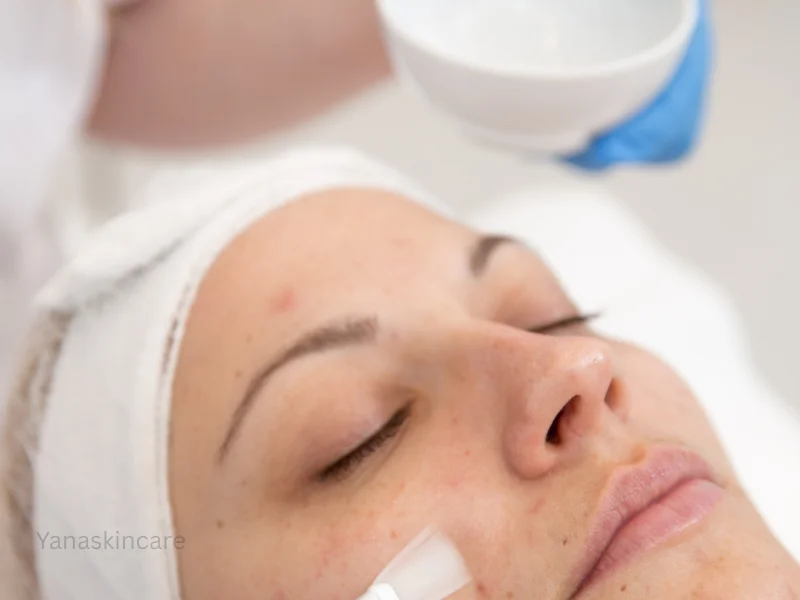
A Chemical Peel uses acids to remove top dead skin cells and stimulate new skin growth. It helps with specific skin concerns like hyperpigmentation, sun damage, fine lines, and wrinkles. This treatment also improves overall skin texture and leaves the complexion smoother and more even.
There are different ways chemical peels work. Superficial peels have minimal downtime, medium peels take a few days to heal, and deep peels offer dramatic results with longer recovery. Choosing the right peel depends on your skin type and goals, making Chemical Peel a powerful option for smoother, healthier skin.
Daily habits, aging, and sun exposure can slow your skin’s natural renewal. This may lead to dead skin cells, uneven skin texture, and early fine lines, leaving your skin looking dull and tired. Poor sleep, stress, and diet can make these effects worse over time.
Professional skin treatments like Hydrafacial or Chemical Peel help restore your skin’s glow. They remove impurities, encourage cell turnover, and target your specific skin concerns. Choosing the right treatment depends on your skin type and goals, ensuring healthier, smoother, and more radiant skin with visible results.
Hydrafacial uses mild acids like glycolic acid and salicylic acid for gentle exfoliation. Glycolic removes dead skin cells, while salicylic clears pores. This non-invasive treatment hydrates and nourishes the skin. Mild peeling after Hydrafacial is normal. Some clients combine it with Hydrafacial with Chemical Peel for enhanced results.
Glycolic acid gently removes the outer layer of dead skin cells, helping to brighten and smooth your complexion. It promotes a refreshed, radiant look without causing irritation.
Salicylic acid penetrates deep into pores, dissolving oil, debris, and impurities. It helps reduce acne, congestion, and other minor skin imperfections, leaving skin clean and clear.
Chemical Peels use stronger acids such as citric, lactic, malic, tartaric, and alpha-hydroxy acids. They work in different ways depending on peel depth, offering deeper exfoliation for stubborn skin concerns.
Often derived from citrus fruits, it helps gently exfoliate the skin’s surface.
A mild alpha-hydroxy acid that supports skin renewal and smooth texture.
Found in fruits like apples, it aids in gentle exfoliation and brightening.
Commonly from grapes, it helps refine skin texture and promotes cell turnover.
A group of natural acids that exfoliate and improve overall skin appearance.
The main difference: Hydrafacial is gentle and hydrating, while Chemical Peel provides more aggressive renewal for visible results.
The glowing, hydrating effects of a Hydrafacial usually last 5–7 days, sometimes longer depending on your skin type. Repeat every 4–6 weeks for best results. This non-invasive chemical peel and Hydrafacial treatment improves hydration, smoothness, and mild uneven skin texture with no downtime.
Chemical Peels vary by type and strength. Superficial peels repeat every 4–6 weeks, medium peels every six months, and deep peels heal in 1–2 weeks. These skin treatments offer deeper renewal and target stubborn uneven skin texture effectively.
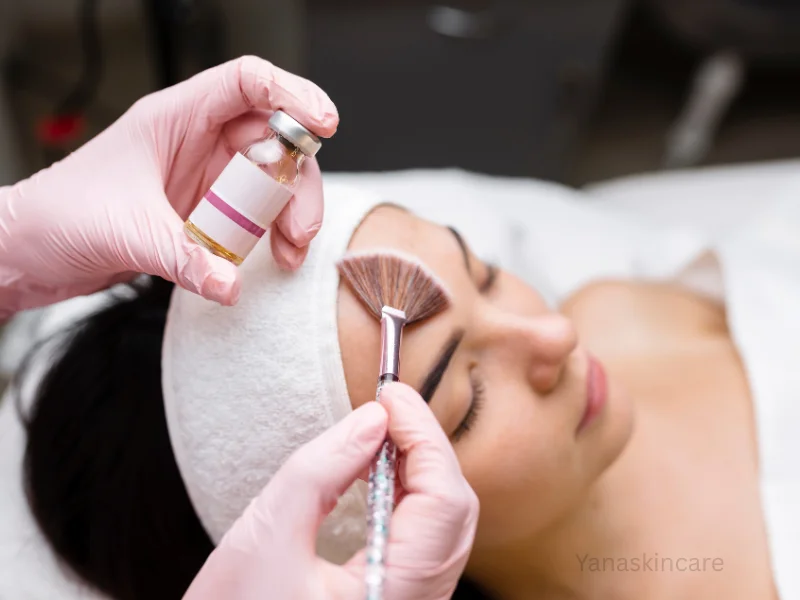
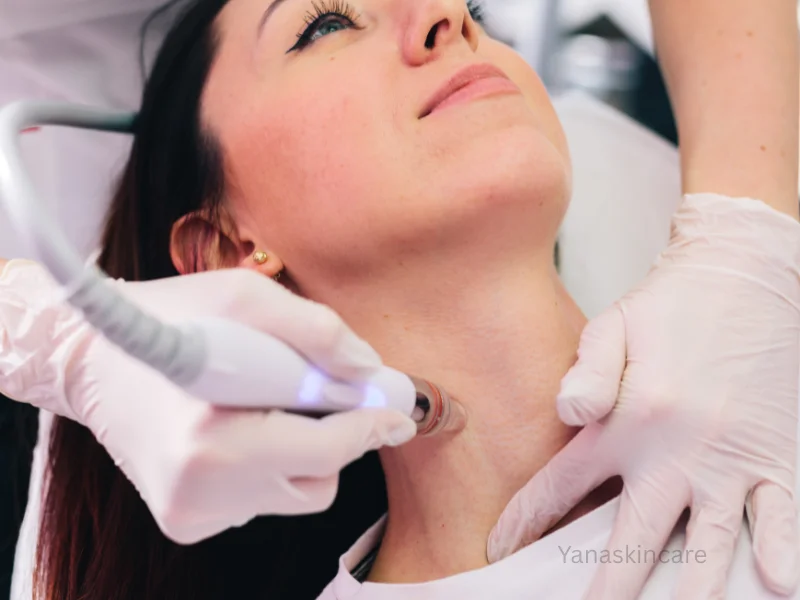
Choosing between these treatments requires understanding safety and potential risks. Hydrafacial is gentle, making it ideal for most skin types with minimal side effects or irritation.
Chemical Peel vs Hydrafacial carries a higher risk because it uses stronger acids for deeper exfoliation. Common reactions include redness, peeling, and temporary sensitivity.
People with sensitive skin or specific conditions should always consult a trained professional before treatment. Rare reactions can occur, but expert guidance minimizes risks.
If you have sensitive or dry skin, a Hydrafacial is the ideal choice. It gently hydrates, nourishes, and refreshes your skin without causing irritation. For deep wrinkles, hyperpigmentation, or stubborn uneven skin texture, a Chemical Peel provides stronger exfoliation and longer-lasting results.
Many clients choose Hydrafacial and Chemical Peel together or a Hydrafacial after Chemical Peel for optimal hydration and smoothness. The choice between Chemical Peel or Hydrafacial depends on your skin type, concerns, and goals.
When considering these treatments, frequency and cost vary based on your skin goals. At Yana Skin Care, a Hydrafacial is usually repeated every 4–6 weeks to maintain hydration, smoothness, and a radiant glow. Regular sessions help manage uneven skin texture and fine lines.
Chemical Peels depend on type and strength. Superficial peels require more frequent treatments, while medium or deep peels last longer with fewer sessions. Many clients at Yana Skin Care combine treatments for enhanced results and longer-lasting improvements, addressing multiple specific skin concerns.
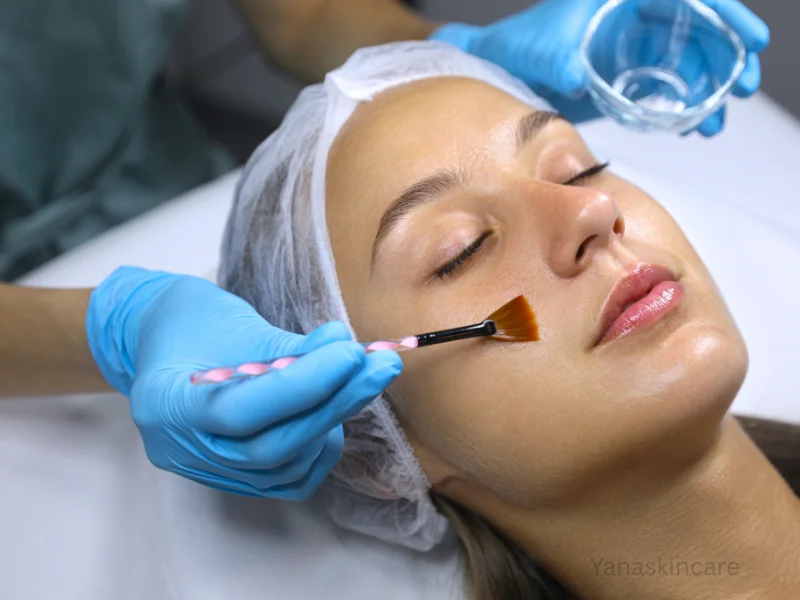
Hydrafacial works for all skin types, especially sensitive or dry skin. Chemical peels suit more tolerant skin.
Yes, combining Hydrafacial and chemical peel together enhances hydration and addresses multiple specific skin concerns.
Hydrafacial results are immediate. Chemical Peels show results after peeling, depending on depth.
Costs vary by type. At Yana Skin Care, repeated sessions may be needed for lasting skin treatment results.
Hydrafacial has minimal side effects. Chemical peels may cause redness, peeling, or temporary sensitivity.

Choosing the best treatment depends on your skin goals, downtime tolerance, and specific skin concerns. Hydrafacial vs chemical peel each offers unique benefits.
Hydrafacial is gentle, hydrating, and perfect for sensitive skin, while chemical peels provide deeper exfoliation for stubborn issues. Consult the experts at Yana Skin Care in Houston, TX to find the ideal option for your skin.
Whether you have questions or want to learn more about our services, we’re here for you. Complete the form below, and our expert team will be happy to assist.


Closed
09:30 AM - 04:30 PM
12:00 PM - 07:00 PM
09:30 AM - 04:30 PM
Closed
09:30 AM - 04:30 PM
12:00 PM - 07:00 PM
09:30 AM - 04:30 PM